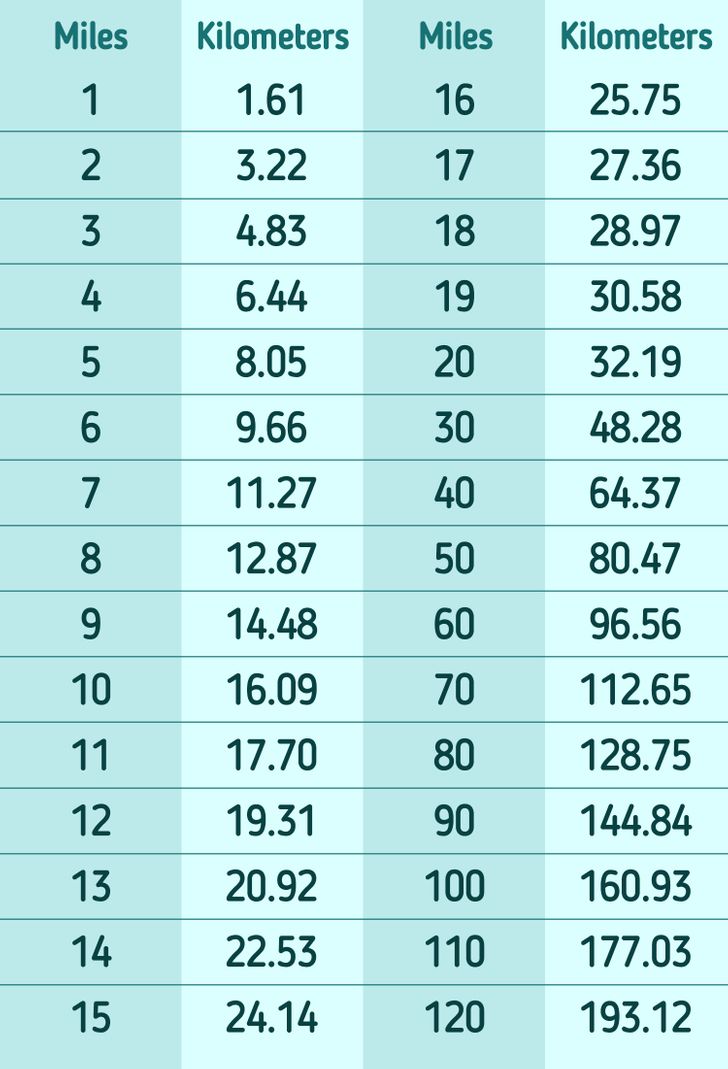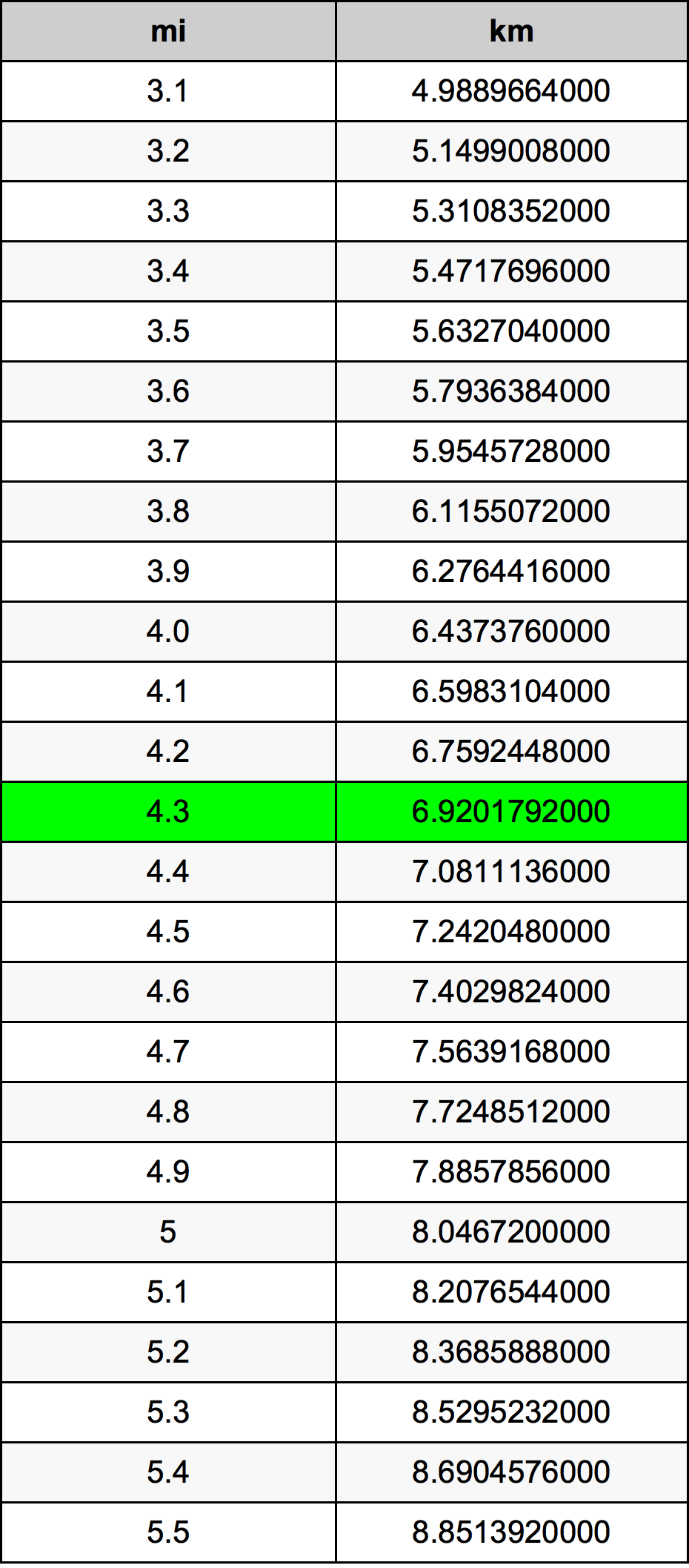Roads & PavementRoads & Pavement
Barefoot
Minimal
Low
Medium
High
Maximal
All around running shoes offer comfort and cushioning for daily runs, jogs, walks, and long mileage. They offer enough versatility for both faster and slower runs and are a great option for those who want one running shoe to do it all.
Fast run or uptempo running shoes are lightweight and responsive. They offer streamlined designs that have minimal uppers and offer a high level of energy return. These shoes are a great option for faster runs in the week or those looking for a livelier experience.
Max Cushion shoes offer premium cushioning with ample ground protection and a stable ride. These types of shoes provide abundant impact protection that softens landings while running at any pace or distance. These types of shoes are best for slower recovery runs and easy days where comfort takes priority.
Racing shoes are designed with optimal performance in mind. These types of shoes have snug-fitting uppers, energetic midsole foams, and features implemented for maximum efficiency. These types of shoes are best for runners looking to gain the ultimate advantage in races but may sacrifice some durability and comfort.
Gym Workout shoes offer a stable and versatile ride. They have a firmer underfoot feeling that provides stability for lateral movements with comfortable uppers. These types of shoes are best for trips to the gyms, cross training, casual wear, and light running. Units of Conversion Unit conversion chart Math measurement
Road running shoes feature smooth outsoles that are designed for running on paved surfaces such as roads, sidewalks, and bike paths.
Designed to handle most trail runs, these shoes prioritize comfort and a smooth ride. These shoes are great for anything from smooth singletrack, park trails, and fireroads making them ideal for those who run from their doorstep on streets before hitting the trail.
These shoes are best used for hard, rugged trails such as shale, granite or sandstone where grip on smooth surfaces and underfoot protection are important.
Designed for use in muddy, soggy conditions, these shoes feature very aggressive outsoles that dig deep into soft ground for exceptional traction.
These shoes feature technical outsoles designed to grip snowy and icy trails making them ideal for winter trail running.
Cushioning level, or stack height, refers to how much shoe is between your foot and the ground. For this category, we reference the amount of cushioning below the forefoot as the heel height will be equal to or greater than the forefoot height.
How to Convert Miles to Kilometers and Vice Versa 5 Minute Crafts
0-13mm. The Shoe generally does not have a midsole and feels like there is no cushioning. This shoe is all about feeling the ground underfoot.
14-18mm. The shoe has a thin midsole that allows for a natural running experience. Racing shoes and minimalist shoes are common here. These shoes offer a feeling of being connected to the road or trail.
19-23mm. The shoe has a slightly cushioned feel and may feature added cushioning technologies. Performance training shoes and some trail shoes are common here. These offer protection during footstrike but prioritize a lightweight, grounded experience.
24-28mm. These shoes have a stack height that fall near the middle of the spectrum.The shoes in this category are verstaile and great for all types of runs and distances.
29-34mm. The shoe has a thick midsole and ample cushioning. These shoes are highly protective and absorb more impact than the body.
35mm plus. The shoe has an extremely thick midsole and extra cushioning. The focus is on protection and soft foam underfoot with hardly any ground feel.
Neutral shoes support the foot through a normal range of arch collapse and generally do not have a built-in technology to correct movement.
Stability shoes are a great option for those who overpronate or need added support. These shoes help to limit the inward rolling motion of the ankle while running or walking and assist in guiding the foot straight through the gait cycle. Kilometers to Miles Conversion Approximation of Fibonacci Series
Product Details:
Units of Conversion Unit conversion chart Math measurement sales, East Metropolitan Center sales, How Many Kilometers Is 5 Miles 5 Miles To Km OLYRUN sales, Solved We want to change the value of the mile the unit Chegg sales, 2024 7500 steps to miles sales, Earthquake hits Perry Oklahama epicentre magnitude United States sales, How to Convert Miles to Kilometers and Vice Versa 5 Minute Crafts sales, The Metric System A Journey of Decimal Precision sales, 4 mile to km How long is 4 miles in kilometers CONVERT sales, How Many Kilometers Are In 1 Mile 1 Mile To Km OLYRUN sales, Kilometers to Miles Conversion Approximation of Fibonacci Series sales, Solved 1. Calculate the De Broglie wavelength associated Chegg sales, Because is close to 1.609 r mathmemes sales, How Many Kilometers Is 3 Miles 3 Miles To Km OLYRUN sales, Geographical depiction of the 2 706 km 1 681 miles route from sales, HOW TO CONVERT KILOMETER KM TO MILE AND MILE TO KILOMETER YouTube sales, Miles to Kilometers conversion mi to km calculator sales, December ends 2014 in review Arctic Sea Ice News and Analysis sales, kitchen volume conversions S k p Google Measurement sales, Activity app keeps showing miles instead Apple Community sales, How Many Kilometers Is 2 Miles 2 Miles To Km OLYRUN sales, Running Log Week 5 Feb 27 Mar sales, Solved 1. 4.8 km part 1 of 3 x 2. 4.827 km You measure a Chegg sales, Units of Conversion sales, Miles to Kilometers conversion mi to km calculator sales, 4.83 kilometers per hour to miles per hour Unit Converter sales, Request Does this work And if so why r theydidthemath sales, Solved 9. If 3 miles are equivalent to 4.83 kilometers then sales, Solved 4. Write a program that uses a suitable loop to Chegg sales, 3.4 Miles To Kilometers Converter 3.4 mi To km Converter sales, Kilometers and miles England U.K sales, Abakcus on X sales, How Many Miles Is 4 Km 4 Km To Miles OLYRUN sales, 4.83 Miles to Kilometers 4.83 mi to km Convertilo sales, Mathnasium of San Jose Central The Fibonaci Sequence is an sales, Solved 9. If 3 miles are equivalent to 4.83 kilometers then sales, mph to kph Conversion Miles per Hour To Kilometers per Hour sales, Pepe is going to introduce an interesting trick to quickly covert sales, How Many Kilometers Is 3 Miles 3 Miles To Km OLYRUN sales, Miles to Kilometers Conversion sales, Cliff Pickover on X sales, Convert Miles per Hour to Kilometers per Hour uqu sales, 4.8 Mi in Km 4.8 Miles in Kilometers Distance Conversion sales, Abhinai on X sales, HIT SH Jain on LinkedIn Did you know You can use Fibonacci sales, Massimo on X sales, The Fibonacci series can convert miles to kilometers at an sales, 4.3 Miles To Kilometers Converter 4.3 mi To km Converter sales, Kilometers to Miles Conversion Approximation of Fibonacci Series sales, How to Convert Miles to Kilometers and Vice Versa 5 Minute Crafts sales, Product Info:
4.83 miles in km sales.
- Increased inherent stability
- Smooth transitions
- All day comfort
Model Number: SKU#6173148



